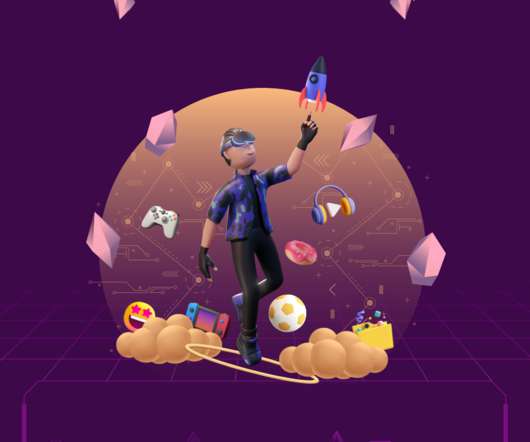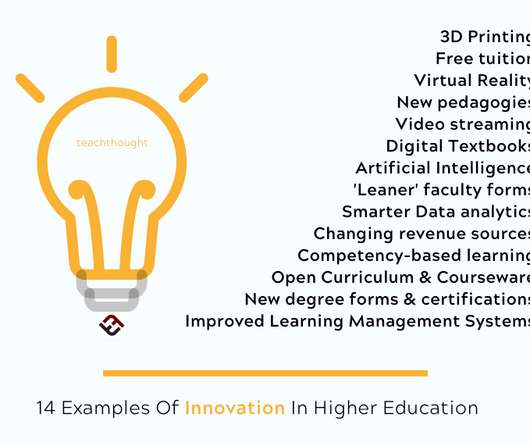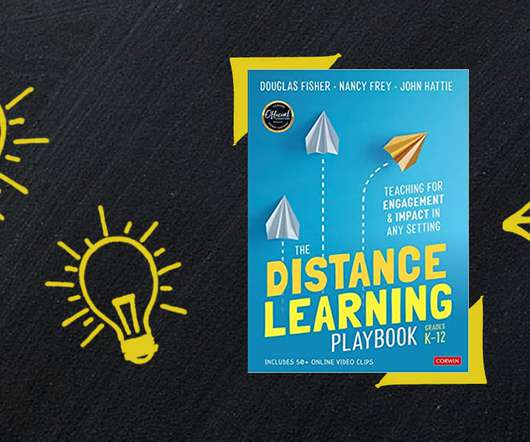Making Sense of the Metaverse in Education
EdTechTeacher
SEPTEMBER 20, 2022
For many educators, the “metaverse” is but a vague and extraneous concept. But, metaverse technologies are growing quickly and have enormous implications for the future of teaching and learning. As such, the following Q&A aims to introduce EdTechTeacher readers to the metaverse and how it may impact education.



















Let's personalize your content